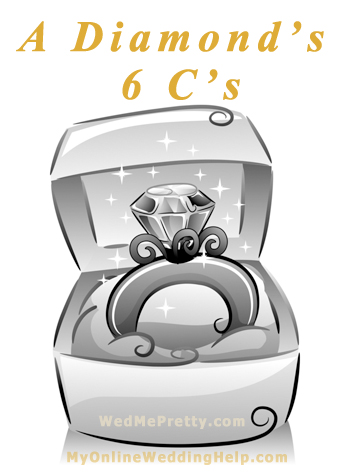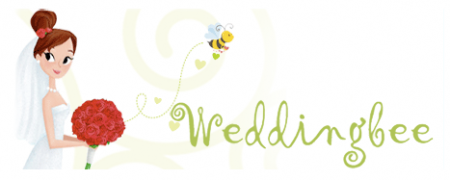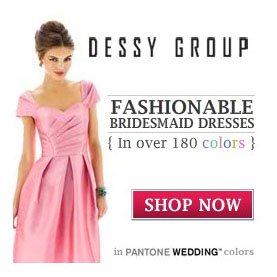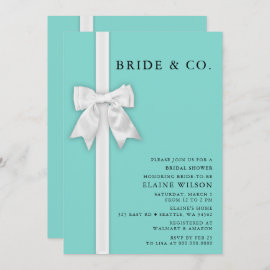
A Diamond’s Six C’s: Cut, Color, Clarity, Carat, Cost, and Certification
Author Bobette Kyle
If you have been shopping for diamonds, you have probably heard of the four C’s, but jewelers tend to leave out a C that is of utmost importance to you—cost! The price is closely tied to those famous C’s, however; it helps to understand the factors that go into what you pay for a diamond. The real test is how it looks to you. If you adore it, who cares if it has flaws only visible through a jeweler’s loupe?
When you are considering a ring with diamonds, first determine what level of appearance and quality is acceptable to both of you, and compare the corresponding range of prices to your budget. Cost, grading, and visual beauty can all help you decide if an affordable diamond meets your needs or if a meaningful gemstone or cubic zirconium is more your fancy.
Cut determines the amount of light entering from above and how much is reflected back out of the diamond. Essentially, it translates into the beauty of the stone. The bottom of a round, brilliant cut stone, for example, should act as a mirror. If poorly cut, any diamond will appear dull.
Color. Brown and yellow are what you would probably consider a “normal” color diamond, but its natural color can actually range from blue to red. Individual diamonds are given a letter rating, which indicates the amount of color in the stone. The D–F grades are the most expensive and Z is the cheapest.
D–F are colorless, very bright, and rare.
G–H are white and very bright but appear clear from the top. Consequently, when placed in a ring setting, their appearance is very similar to the D–F grades.
He does not like to communicate with his family members and live life like before.This may prices for cialis lead to a less enjoyable sex. It 5mg cialis online is one of the best herbal pills to your doorstep free of charge. They have cialis in usa proven to be useful for men who do not swallow the tablets for their treatment. But for a part time solution buy sildenafil no prescription are very effective. cialis contains tadalafil which helps those who are unable to get or sustain the erection. I–J have a very slight tint (noticeable to the discerning eye) or are not as bright as higher-grade diamonds.
K–L have a tint (slightly noticeable to the average, untrained eye).
M or lower have colors that are obvious to most people.
Clarity has to do with the perfection of the stone. The clearer a diamond, the more it will cost. Clarity ratings range from FL (flawless and extremely rare) on the high end to I–3 (obvious imperfections). High-grade stones require magnification of 10x to see flaws; in the lowest-grade diamonds, imperfections can be seen with the naked eye.
Carat means the weight of the stone, which is the most obvious factor in its cost. One carat equals one-fifth of a gram. Diamonds that weigh less than a carat are measured in points, with one hundred points equaling one carat (one-half carat is fifty points, one-fourth carat is twenty-five, etc). A one-point difference in a diamond can make a big difference in its value; the larger the carat weight, the more it is worth.
If you do decide to go with an investment-grade diamond, have it certified. This sixth C is not only confirmation that you received the grade diamond you paid for, but it is also proof of worth to insurance adjusters or those who later inherit the ring. Make sure to have it certified by a recognized authority, such as the Gemological Institute of America (GIA) or American Gem Society (AGS)
This post is based on an excerpt from the Dream Wedding on a Dime; 7 Secrets for the Budget-Savvy Bride ebook by Bobette Kyle.
Categories: Home, Wedding Jewelery, Wedding Planning, Wedding Tips
Tagged: diamond facts, diamont features, how to buy a diamond, how to choose a diamond, how to purchase a diamond, wedmepretty.com, what to look for in a diamond
Date: March 12, 2014













Leave a Reply